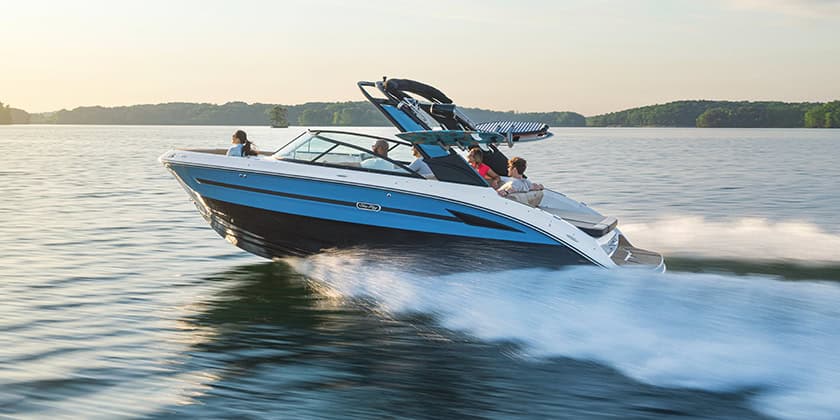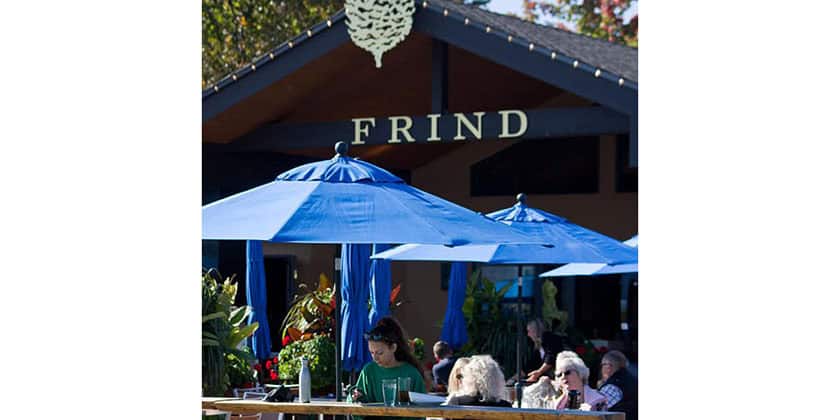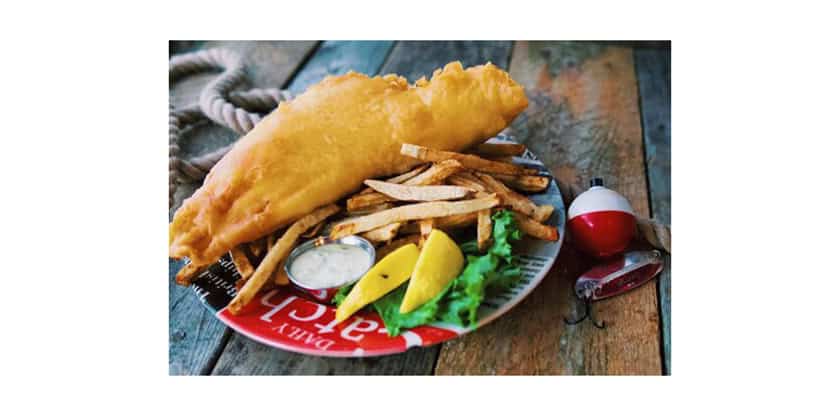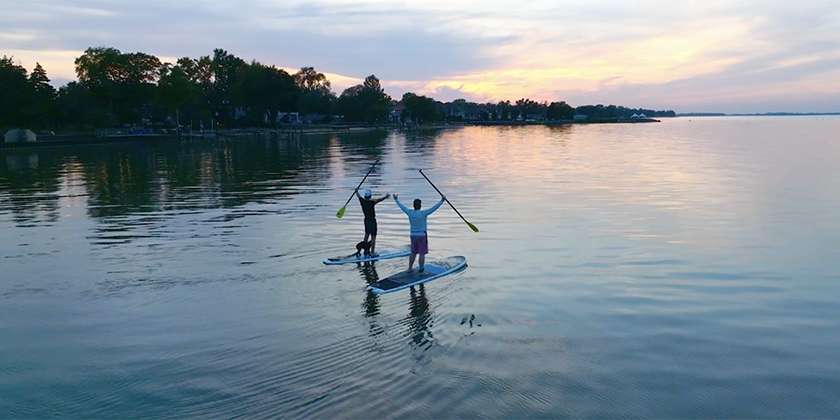Alberg 30
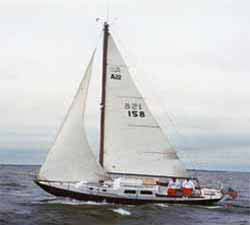 By Paul Howard
By Paul Howard
With more than 710 built over two decades, the Alberg 30 is a Canadian success story with American and Swedish connections. In 1962, six folkboat racers from Toronto’s National Yacht Club decided that they wanted a bigger boat. They asked Kurt Hansen of Whitby Boat Works to find a suitable design and build it for them. The late Carl Alberg (1900-1986) – Swedish by birth, but a U.S. immigrant – was approached in January 1963. Neither the well-known designer nor the Canadian builder wasted much time producing the finished product. The first Alberg was launched July 7, that same year. Alberg was asked to design a boat with “standing headroom, adequate galley, a good cockpit, a boat that would sleep four comfortably and be a good racer under the CCA measurement rule, a boat made of fibreglass for ease of maintenance,” according to the handbook commemorating the design’s 25th anniversary.
It happened that a group of sailors in Washington, D.C., were also searching for such a boat. Twenty-five of them came to see Hansen and the first, still incomplete, A30. They left behind with orders for another 15. Another group from Annapolis, Md., negotiated to buy a dozen. By December 1963, 29 A30s had been delivered. Dennis Furness, who was the production manager of Whitby Boat Works, says a hand-laid, fully completed, ready-for-delivery A30 come off the production line every three days!
They kept it up for almost 700 more customers, until the last hull was pulled from the moulds and launched in 1983. Whitby Boat Works has since closed up shop, and the tooling is now in the U.S. Since 1964, there have been rigid class rules and active associations, the largest in Chesapeake Bay lists 250 boats on its 1990 register. The next most active is the Alberg 30 Association, Great Lakes Chapter, based in Toronto. This chapter enjoys fleet racing at the club level and hosts a Great Lakes Championship, as well as other races and cruises.
In the 1960s, the A30 was considered a fast boat. The associations have kept changes to a minimum, and the older models are still competitive. A race series between the Toronto and Chesapeake fleets alternates between the two locations from year to year, with visiting crews competing on borrowed boats. The A30 has also been a successful cruiser. Several owners have sailed to the Caribbean or Bermuda ñ or beyond. John Hollands, who has contributed to CY in the past, made it to New Zealand from Toronto. One of the best known A30 cruisers is Yves Gelinas who made an award winning film of his circumnavigation aboard KC399, Jean du Sud.
Long overhangs and other traditional features
The A30’s traditional design features long overhangs, a moderate sheer and low topsides. The beam is narrow by today’s standards, draft is moderate and the long keel is cut away at the forefoot. The keel-hung rudder has considerable rake to its post. This long, slender and shallow hull shape leads to a tender boat, and one that like to sail at a high angle of heel. Although Alberg wanted his design to have a lead keel, Hansen built with encapsulated iron ballast. As a possible consequence, the early boats were a bit too tender, so more ballast was added. The masthead sailplan is low-aspect, with a large main an a small foretriangle. The mainsail had roller-reefing and there was no boom vang. Many A30 races are white-sails only, in an attempt to promote the boat as a family boat. The cockpit is long and comfortable, with a high bridge deck. The engine box is not overly obtrusive, though it does interfere with the galley countertops. The sink and stove are to starboard, with the counter running under the companionway to the ice box on port. Before number 400, the ice box had an opening that allowed ice loading from the cockpit. Later boxes were top-loading in the galley. There are generous berths to port and starboard, with six feet, three inches of headroom in between. The head is forward, with a hanging locker opposite. The forward cabin has two berths. Overall, the interior makes good use of the space available, though it is small by modern standards. Early models had a Gray Sea Scout auxiliary, though Hansen soon changed to the Universal Atomic 4 – also a gas engine.
The Alberg is an easily sailed boat, with the sail area nicely balanced between the main and jib. As the wind increases, she heels until the rail dips in, then steadies up. Reef the main first, then change headsails to keep the deck clear of water, and she scoots along happily, no matter what the weather. Most people considering an A30 will be moving up from a Folkboat or the Taylor/Contessa 26, or are lovers of traditional designs. The A30 will strike them as familiar and comforting. Her classic shape, forgiving sailing characteristics and strong construction will not disappoint them.
Originally published in Canadian Yachting’s February 1991.
Specifications
LOA 30 ft. 3 in.
LWL 21 ft. 8 in.
Draft 4 ft. 3 in.
Ballast 3,300 lbs.
Displacement 9,000
Sail Area 410 sq. ft.










